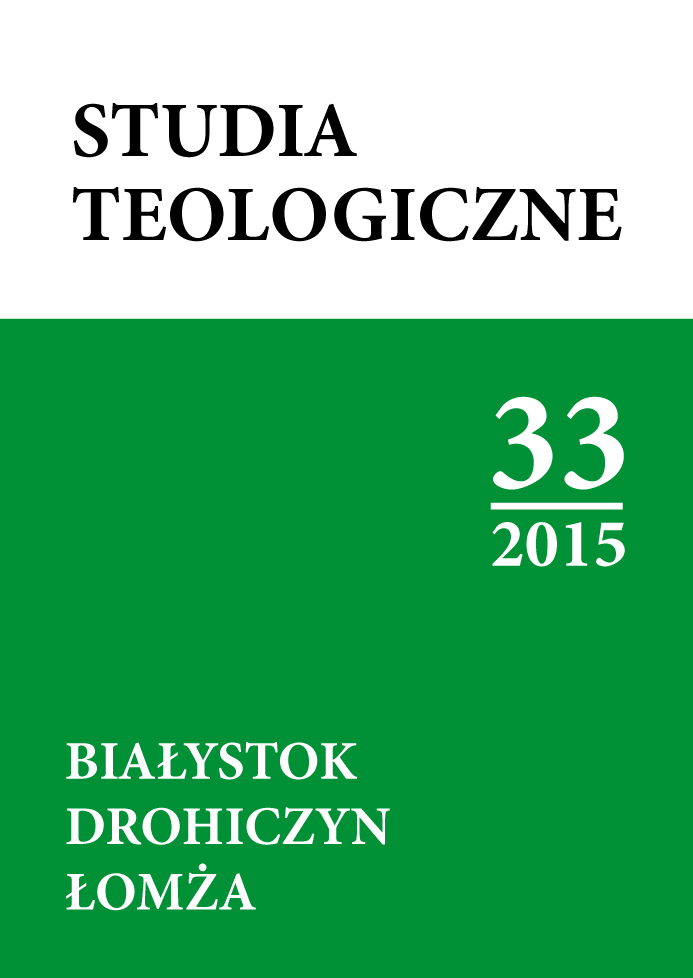Nicetas of Remesiana and his time
Nicetas of Remesiana and his time
Author(s): Józef ŁupińskiSubject(s): Systematic Theology, Pastoral Theology
Published by: Kuria Metropolitalna Białostocka
Keywords: St. Nicetas; the Roman Empire; creativity of Nicetas of Remesiana; the Council of Nicaea
Summary/Abstract: The year of 2014 was the 1600th anniversary of the death of St. Nicetas of Remesiana. St. Nicetas, despite centuries of „Oblivion” is an important witness of faith and a major theologian of the breakthrough IV / V centuries. In the years 366-414 Remesiana was a bishop in the province of Dacia Mediterranea, south of the Danube. In the Roman Empire different territories often changed their administrative affiliation. Remesiana situated between the eastern and western part of the Roman Empire was subject to these processes. The area was subjected to the influence of both the Roman culture, as well as in later Byzantine influences. Despite the surrender jurisdiction of the Byzantine Empire in the late fourth century, Episcopal Remesiana remained in close union with the bishops of Rome. The first traces of Christianity in the area of Remesiana provide records of the martyrs, as well as numerous archaeological sites. The preserved inscriptions indicate close contact with the local Church in Remesiana with the bishops of Rome. Bishop Nicetas actively participated in the life of the Catholic Church. He went to Italy twice. It is possible that during the trips to Rome, he met with popes of the period. He visited St. Paulinus of Nola. The latter dedicated Nicetas his works which emphasized the pastoral zeal and missionary activity of the bishop among the Dacians and Goths. Through his works, especially Instructio ad competentes in a simple and accessible way of communicating he explained the treasures of faith to the catechumens. In the next work titled De diversis appellationibus, by arguing against the Arians based on biblical terms relating to Christ he showed his deity. He encouraged him to sing psalms and night vigils. There is no certainty as to Nicetas’ authorship of the hymn Te Deum, though there is no doubt the bishop of Remesiana could affect its creation. The bishop of Remesiana cared for the problems of his times. Nicetas’ years of activity coincide with the period of the final struggle against Arianism, which stretched from the early fifth century. He was a defender of the faith in the divinity of Jesus Christ and the Holy Spirit. Traces of defense of orthodoxy remain in the works of Nicetas. The bishop of Remesiana was rediscovered in the nineteenth century. Since then, his character and work as a writer again arouse keen interest.
Journal: Studia Teologiczne Białystok Drohiczyn Łomża
- Issue Year: 33/2015
- Issue No: 1
- Page Range: 337-356
- Page Count: 20
- Language: English

